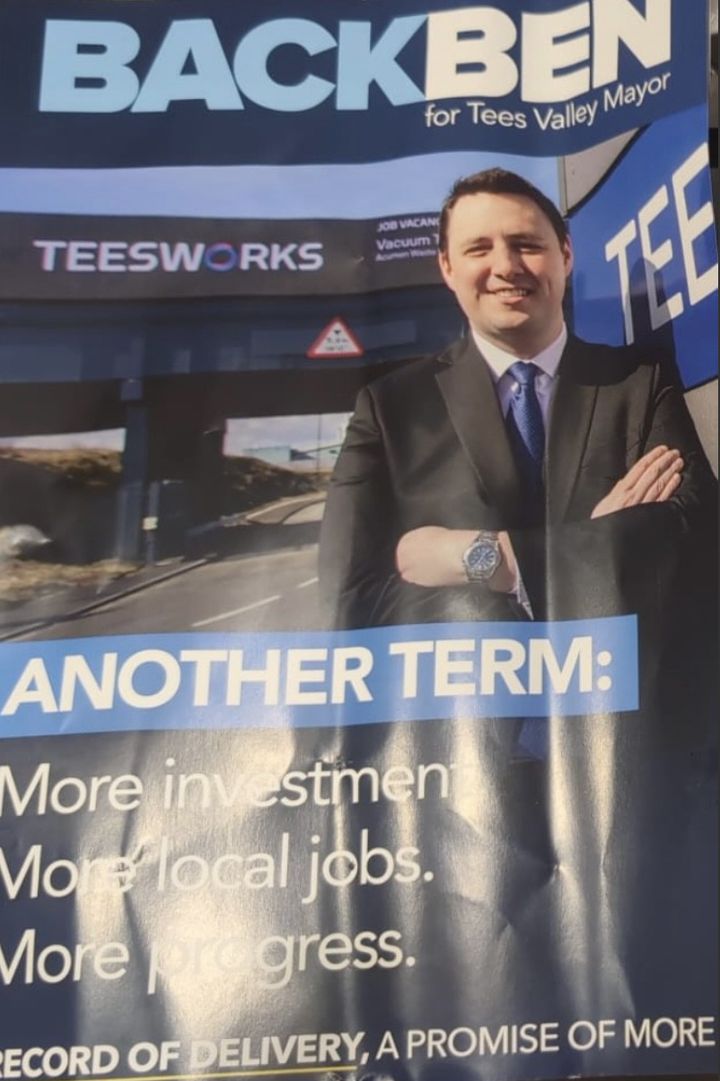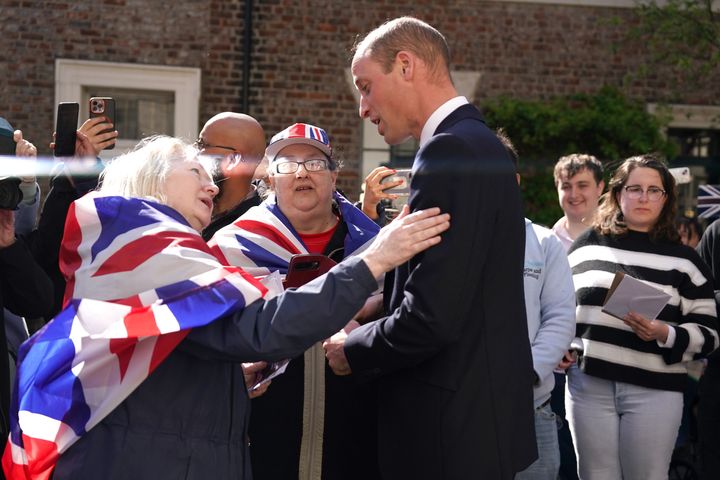Does this list represent what you’d like to experience this year?
- New Explorations
- High Trust
- Open-Mindedness
- Open-Heartedness
- Spirit Energy
- Stimulating Growth
- Fiery Wisdom
- Curiosity
- Surprise
- Purpose
- Intuitive Knowing
- Alignment
- Balance
- Playfulness & Fun
- Full-Range Friendships
- Courageous Steps
- Powerful Shifts
- Honesty
- Feeling Nurtured
- Feeling Protected
- Intentionality
- Imagination
- Variety
- Uniqueness & Originality
- Depth & Intimacy
- Flexibility
These vibes are all part of Conscious Growth Club Year 8, which is starting today, May 1st.
There are 59 people already enrolled for this fresh new CGC year as I’m writing this. If history is an indication, there will be a notable surge in sign-ups by the end of the day. You can see the current count at the top of the CGC invite page. Check it as often as you want. When you join us, it will go up by one.
Here’s what’s different about CGC Year 8 relative to previous years in the club:
Much Lower Price – $1111
One of the biggest changes is that the price for a full year is CGC is now $1111. In all previous years it was $1997. That’s a 44.4% reduction. A whole year in CGC is now only $3 per day, yet the invitation has more juiciness packed into it than ever, including access to our full library of courses and recorded events. That said, we’ve also gone further in seeking to filter for strong matches. That’s one reason the invitation page is long and detailed. It’s intended to deflect mismatches who don’t belong in CGC, while strong matches will make it through and recognize that CGC is so right for them this year.
More Members
We’ve already surpassed last year’s membership numbers by 23%, and it’s likely to be a lot more than that by the end of the day. If you’ve been waiting for a bigger CGC year with more members and more energy, this is it.
More Returning Members
This year we’re seeing a higher than usual sign-up rate from members from previous CGC years returning, so if you were involved in CGC or some of the live courses or events in the past, you’re bound to see some familiar faces inside. There’s a lovely reunion energy flowing through the club today as we begin this new CGC year together.
More Divergent Variety Than Ever
During years 1-6 we had essentially one Zoom call format: the coaching calls. In Year 7 we replaced the coaching calls with a variety of different formats, and we’ve gone much further in that direction with an even wider scope of calls for Year 8. We now host a whopping 14 very unique and different formats (each with different vibes and a different growth-oriented purpose). It’s an ideal match for people who love to learn in non-linear, exploratory, experiential, richly varied ways.
More Exploration
CGC is no longer a coaching program. We dropped that model at the end of Year 6. CGC has evolved into a thriving group of self-development co-explorers. If you want to hire a coach on the side, that’s up to you, but in CGC we explore and experience together.
Experiential Learning
My role (Steve) is no longer to play the role of coach. Now my focus is on crafting and hosting unique growth experiences that we go through together, which is so much more engaging for myself and others in the club. For instance, on yesterday’s Courage Forge call, our theme was “Center of Attention.” Some members served as focal points while we invited them to be the center of attention for a while and to experience what that was like. Then we discussed what came up for them – from nervousness and anxiety to playfulness and love. Even when you’re not the one doing the experiencing, it’s way more interesting to watch and explore with people who are having real growth experiences right in front of you instead of just talking about problems and potential solutions.
Unrecorded Calls
During years 1-6 in CGC, we recorded every coaching call. In year 7 we tested having unrecorded calls except for a few event-style formats that we did record. This worked very well – we saw a marked increase in call attendance and participation. This year we’re continuing with unrecorded calls for 13 of the 14 formats. So there’s a strong focus on the one-time-only live experience, not on amassing an archive of recordings. Year 7 was the test; Year 8 is the commitment to this change because it works. This also nudges out some overly passive energy from people who only want to watch recordings, thereby creating a more active and engaging vibe in the club. That’s really good for those of us who want more action and engagement. CGC is just not a place for passive learners.
Advance Scheduling
In recent CGC years, the group calls were scheduled one month at a time. Now they’re scheduled one calendar quarter (3 months) at a time. Moreover, major events for the new CGC year are already prescheduled with dates and times all the way through March 2025. These are all listed on the CGC Year 8 invite page too. So you can see if they mesh with your calendar. The major events will be recorded, so you don’t have to attend those live.
New Bucket List Experiences
New for this CGC year, we’re inviting members to participate in a “bucket list” walkthrough 3 times during the CGC Year. We’ll guide you through picking and choosing a new experience you’d love to have and then support you in advancing it towards the inevitability of actually doing it. Some members may wish to team up and have one or more of these experiences together, so we’ll provide support for that too.
Greater Service Alignment
For this new CGC year, we’ve been seeking (and apparently doing a very good job of) attracting members who care about service, contribution, and purpose. We’ve made this year’s invitation deliberately less appealing to members who aren’t interested in creating positive ripples that serve the greater good. Do you want to instantly fill your life with more people like this?
Even More Intentionality
It’s been so beneficial to give a lot of attention to intentionality. In Year 7 we added monthly Intention Infusion calls, where we all set individual and group intentions for the upcoming month. Then we use the CGC forums to share related experiences as we go. We’re continuing that practice this year. On this morning’s call, our group intention was Fresh New Growth. Do you want to join us and align with this intention?
Direct Vibrational Practice
One of our new call formats this year is called Good Vibrations. On these calls you’ll get to directly practice shifting, expanding, and intensifying your vibe in different ways. Our first Good Vibrations call is on May 9. Imagining practicing this with other open-minded people, so you can intensify the feelings and get a clearer sense of what different vibes and energy patterns feel like and look like.
Consistent Start Time for Calls: 11:11 AM Pacific
For CGC Year 8 we’ve set a standard start time for our regular calls. Each call begins at 11:11 AM Pacific Time. That makes it easy for you to prioritize being available at this time if you want to attend lots of calls. All calls are on weekdays only, so you’ve got all your weekends free. This approach is fabulously good at deflecting members who choose to prioritize something else ahead of their self-development work. We make it extremely easy for excuse-makers to excuse themselves from joining. Consider what kinds of people make it into CGC then – yes, they’re more committed and more flexible. That’s what we want. This is very good for us.
More Group Calls Than Ever
By CGC Year 6 we had settled on hosting 33 coaching calls per year. In Year 7 we hosted about 80 calls, none of them with the old coaching call format. For Year 8 we’re aiming to host about 100 calls with vastly more variety than in any previous year. You can attend as many or as few calls as you want. Most weeks we have 1-3 calls, and there are some weeks that are call-free breaks during the year as well.
Envision Your Future Path
We have a new call type this year called Pure Imagination and another called Story Lab to help you further develop your imagination and cooperatively advance your unfolding life story. And for developing your character too, we have Stature Sculptor calls. In CGC you’re invited to work on yourself from many different angles. This is way, way beyond what you’ll get to experience anywhere else.
More Heart & Spirit Energy
I wouldn’t exactly use the label “spiritual” for this year in CGC, but I do like the word spirited. Heart alignment has always been a big part of CGC. In the past year, I’ve released my blocks to accepting that I want to invite more spirit-level interactions and engagement within CGC. We gradually transitioned further in this direction throughout Year 7, and with the start of Year 8, this is a strong commitment from me. I’ve lost interest in working with stuck-in-their-head types who prefer over-objectified models of reality, so I’m leaving them behind because their rigidity makes them too slow to change. So I’ve invited that misalignment to purge itself from CGC, so we’re no longer tethered to it going forward. You’ll see this shift playing out in my YouTubing this year as well. Pay special attention to the new Spirit Spire calls in CGC this year. If you want to take your life in a more spirited direction with many others who vibe with this too, I think you’ll really love this year in the club.
Flexible Engagement
CGC has always been good at offering flexible engagement with no parts of it considered mandatory to attend. This year we’ve added even more flexibility. For instance, on calls that have an experiential aspect, you have the option to be in the experiential “splash zone” where you can be an active participant, or you can be in observer mode, knowing that you’re free to just watch. You can even switch modes back and forth during a call if you want. So you can really dial in the kind of experience to match your energy in the moment. If you feel like being less engaged, you can still show up and learn from those who are having immersive growth experiences. And if you want to be part of the fun, you have the option to join them in the splash zone. Some CGC calls are a bit like shamanic journeys, where we all go through experiences together, but not with everyone at the same level of intensity. One member has a growth experience this way, we all partake in the gains.
More Friendship
Because CGC’s calls are more participatory, it’s easier for members to make friends and connect with each other because there’s more social interaction. Additionally, since we’ve been going for a full 7 years now, there’s been a lot more time for renewing members to connect and bond with each other. CGC is still immensely friendly and open towards new members though. We really haven’t see issues with cliquishness in recent years. The atmosphere inside is nice and cooperative and really not competitive. We seem to have developed a really good ethos of compersion inside, where members genuinely feel good about each other’s gains and successes and also comfort each other during setbacks and tough situations. There’s such a beautiful “we’re all in this together” vibe that permeates the club. Obviously we want to keep that going.
More Nurturing
Need to lick your wounds and just be comforted for a while without being pushed? Join our new Bear Care calls this year, where we give extra attention not just to self-care but to the community investing in caring for its own. Do you enjoy nurturing people who are receptive to and would appreciate some extra kindness, caring, compassion, and unconditional love? We’d love for you to join us on these calls to help us hold this space and fill it with gentle, nurturing, caring, and supportive vibes for those who could really use it.
Intuition & Trust
Another energy we really want to strengthen in CGC this year is self-trust – your ability to trust your own best intuition and wisdom and to make decisions that feel aligned to you. There’s a difference between sensing your intuition and trusting it enough to powerfully act on it, especially when you can’t see exactly where it will lead. Would you like to be able to trust yourself more? Let’s work on that together this year.
Amplify Your Uniqueness
Another key aspect of this CGC year is to help you accept and further develop what makes you so unique, original, and different. Even as we work together and support each other, we know that we all have different individual paths, no two of them the same. We don’t push the tired old concept of “modeling” in CGC, whereby you try to copy someone else’s supposed success formula or “proven” techniques. Rather we want to help you unearth and fully leverage your unique inner brilliance, which only you can apply to its fullest extent. In January 2025 we have a 4-day event called Rogue, which is about accepting and aligning with your unique path in life.
Balance
If you find juggling different interests and priorities challenging, this is a great year to join CGC, so you can go through our 4-day Bases Loaded event in July, where I’ll walk you through a process of rebalancing your priorities. I’ve made some really key advancements in understanding how to create a nicely balanced life, even with a lot going on, and I’m happy to walk through this. I think this alone will be worth the cost of your membership.
Fire Energy
Our Year 8 theme in CGC is Fire Infusion. This means inviting powerful transformational energy into your life to release the misaligned and to consciously invite what’s ready to emerge next. Burn off the old misalignments, and fire yourself up for new directions and experiences. You get to control the intensity though – from a microdose to a minidose to a heroic dose – by choosing how you want to engage with this infusion of fire energy that we’re inviting to dance with us in CGC Year 8. I can tell you now that some new members have joined this year specifically because this energy is really calling to them now. Is that you too?
Psychedelic Energy
If you’re open-minded enough to handle it, I invite you to attend our new Alien Popcorn calls this year. On these calls we’ll invite members who have the relevant experience to help open connections to psychedelic energy networks for us, which are among the most powerful we can collectively access. If you attended last year’s Spirt of Money or Power of Spirit calls with me – the recordings of both are included as part of your CGC membership – you’ve seen some of these energies in action. Our Alien Popcorn calls are intended for more advanced transformational work as well as helping to release and move stuck or stubborn energy. They may also help to open up creative thinking in fresh, divergent new directions. For those who are aligned with doing so, I invite you to join us and help us to channel these powerful energies for the greater good of all involved and for the positive ripples that may flow from such work.
So just a wee bit of improvement there, yes. 😉
This is the ultimate self-development experience for this community that took 7 years to evolve to this point – and it’s just $3 a day. Even the $1111 price is exactly what it has to be. That was chosen very deliberately. It’s both a both a filter and beacon for the right people who are meant to be a part of this.
There is a spirit-level aspect to CGC that really seems to guide us at each step, and this year it clearly wants to shift gears. If you’ve read through everything above, I imagine that it’s pretty obvious that this is no ordinary year in the club. Even on day 1 of this new CGC year, I can tell you it feels very different inside. I’ve said yes to playing my part. Now it’s your time to decide.
Here are are all the relevant links you need:
It’s okay to feel a little scared and still join us. This is meant to stretch you. It’s doing that to all of us.
This is one of the most important invitations you’ll ever receive in your life. Make the best decision you can. Trust yourself. Does your spirit want you in the club this year?

















